Scottish Enterprise project converting train to hydrogen power
Green Car Congress
DECEMBER 31, 2020
A retired ScotRail Class 314 electric set has been transported by road from its depot in Glasgow to the Bo’ness & Kinneil Railway where it will be converted to hydrogen-powered—a cleaner, greener alternative to diesel for non-electrified routes.


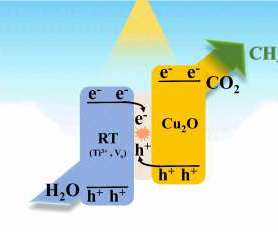
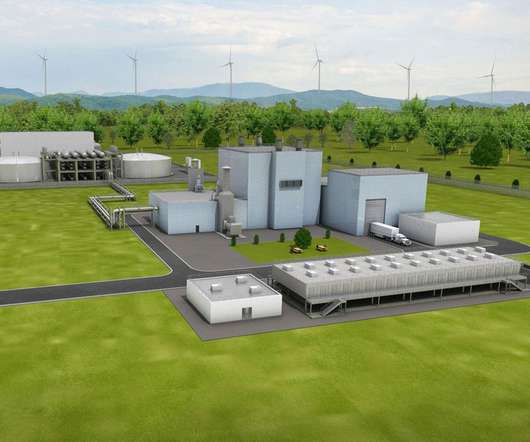
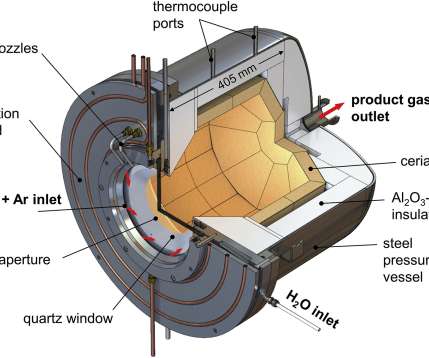


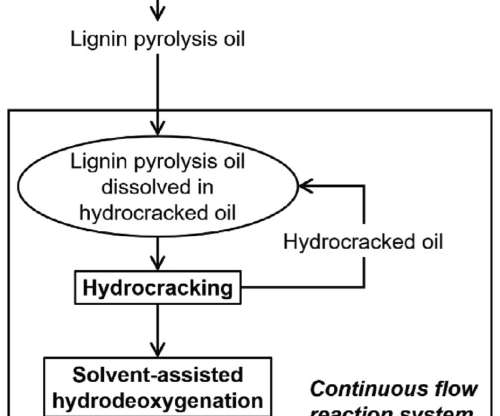


















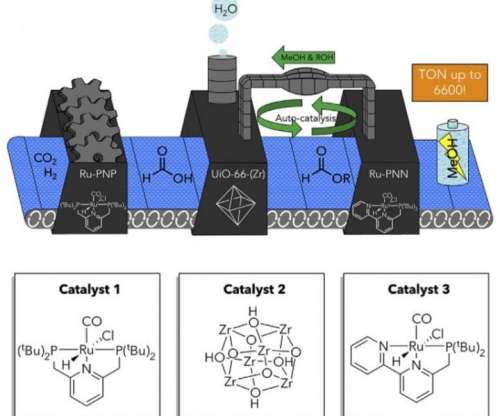









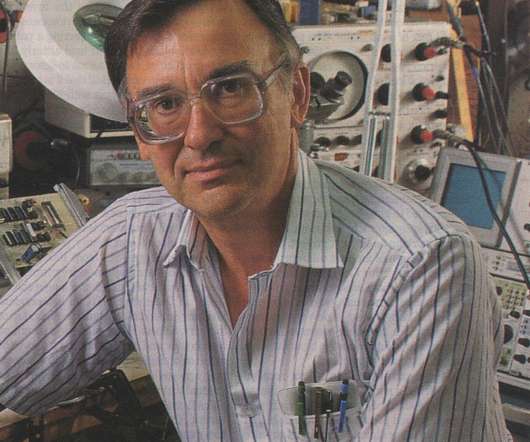






Let's personalize your content